General information on amphibians’ environment.
The amphibians of madagascar.
Madagascar isn’t just another island—it’s a hidden world bursting with amphibian wonders found nowhere else on Earth. From neon-coloured mantella frogs to secretive burrowing species, the amphibians of Madagascar are the result of millions of years of isolated evolution. This has led to stunning diversity and jaw-dropping adaptations that continue to amaze scientists and nature lovers alike. Curious how these creatures thrive in rainforests, highlands, and drylands? Or what makes their survival strategies so unique? Dive deeper, and discover why Madagascar’s amphibians are unlike any others on the planet—you won’t want to miss what comes next.
Amphibians of Madagascar’s adaptation
Amphibians of Madagascar have developed extraordinary adaptations to thrive in the island’s wide range of environments. From humid rainforests to arid spiny forests, each habitat presents its own set of challenges. Mantella frogs are among the most iconic examples. These small, vividly coloured amphibians in Madagascar have adapted to various habitats by evolving both behavioural and physical traits.
Some mantella species produce toxins through their skin, a potent defence against predators, similar to South American poison dart frogs. Others blend into their surroundings with cryptic skin patterns, making them nearly invisible on the forest floor. In drier regions, amphibians of Madagascar have become nocturnal or burrow underground to conserve moisture and avoid the heat of the day.
Such adaptations are vital for their survival and offer valuable insights for amphibians of Madagascar keepers who aim to replicate natural conditions in captivity. Understanding these unique traits helps ensure proper care and conservation of these remarkable species.
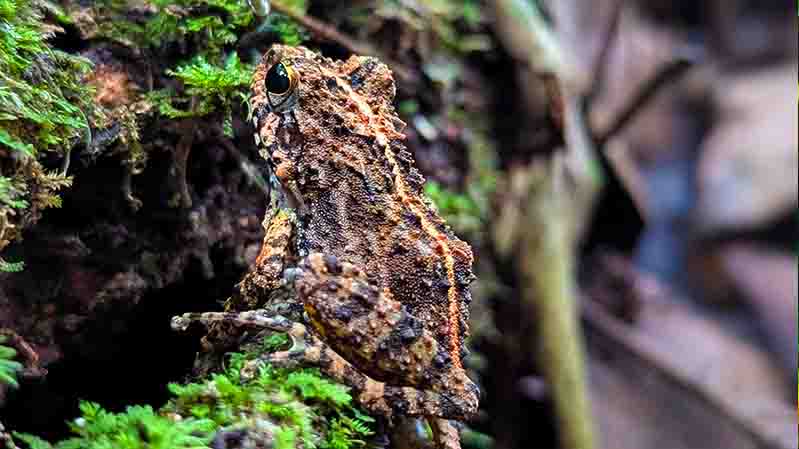
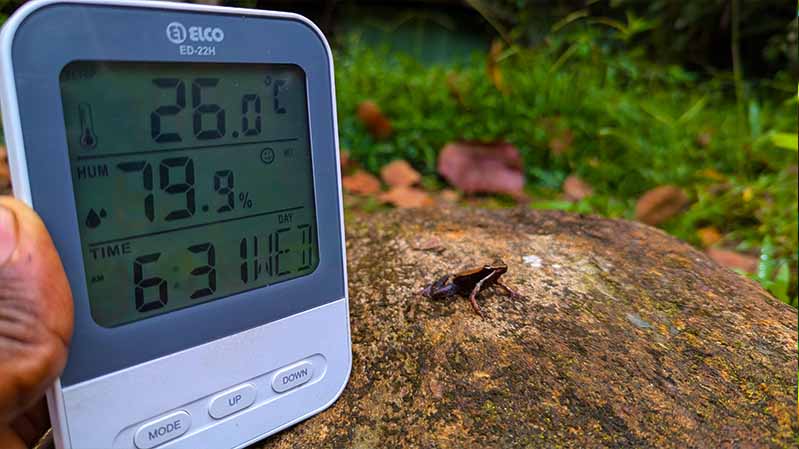
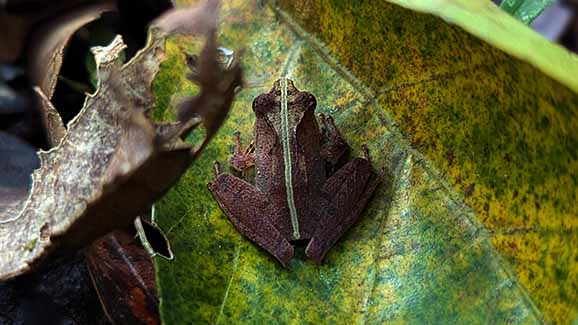
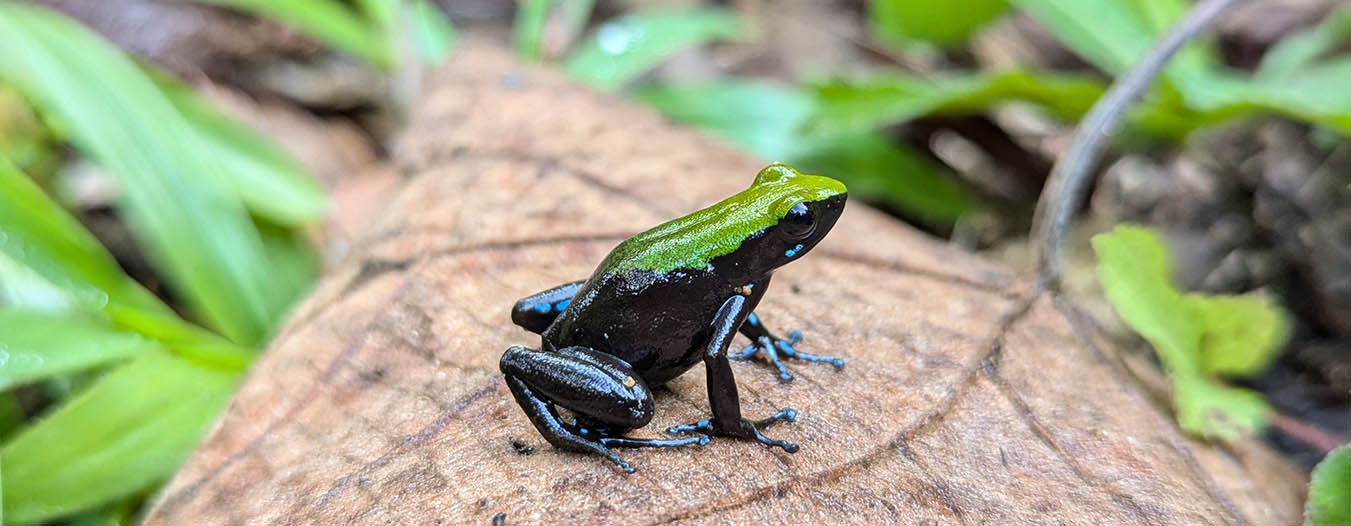
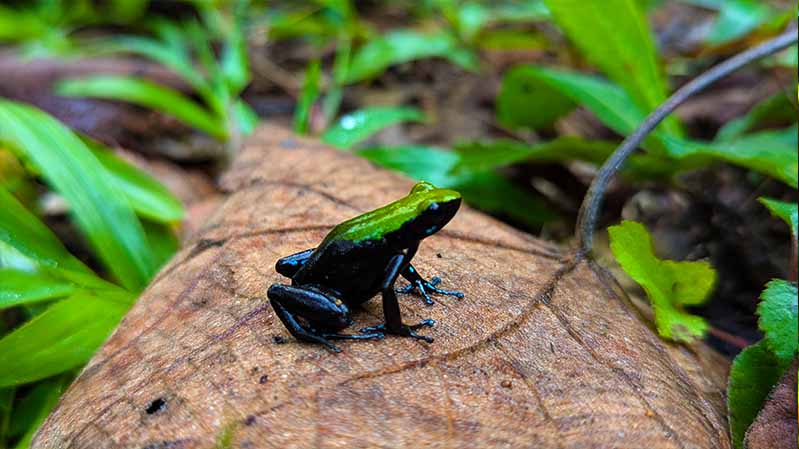
Amphibians environment of amphibians of Madagascar
Madagascar’s diverse terrain offers a spectacular variety of ecosystems that support a wide range of amphibian species. From the dense, humid rainforests along the east coast to the dry, thorny landscapes of the southwest, each region provides distinct environmental conditions that influence amphibian behaviour, physiology, and adaptation.
The eastern rainforests, soaked by frequent rainfall and cloaked in mist, are a paradise for moisture-loving species. This is where you’ll find the vibrant mantella frogs—tiny but striking amphibians in Madagascar that rely on constant humidity to keep their permeable skin hydrated. These frogs often dwell among leaf litter, mossy rocks, and near freshwater streams, all of which offer both shelter and moisture.
In stark contrast, the highlands and drier western regions present a much more variable climate. Amphibians here, such as Scaphiophryne or Dyscophus species, have evolved to handle the unpredictability. Some burrow underground to escape the dry heat, while others become active only during the rainy season, taking full advantage of temporary pools to feed and breed.
This rich environmental diversity not only makes Madagascar a global hotspot for amphibian biodiversity but also highlights the importance of understanding habitat-specific needs for conservation and captive care. For keepers and enthusiasts, mimicking these native conditions—such as temperature, moisture cycles, and microhabitats—is key to successfully maintaining amphibians from Madagascar in captivity.
Whether it’s the rainforest or dryland, the amphibians in Madagascar are incredible examples of nature’s adaptability and resilience.
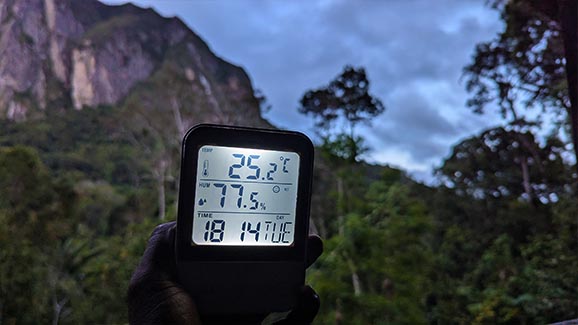
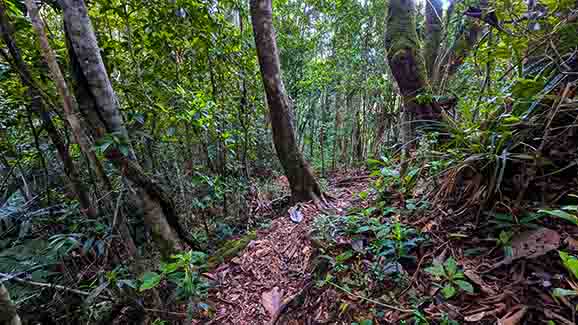
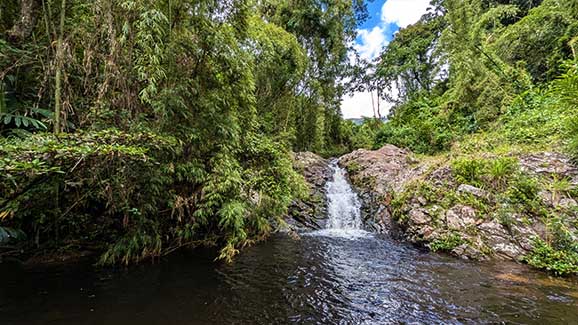
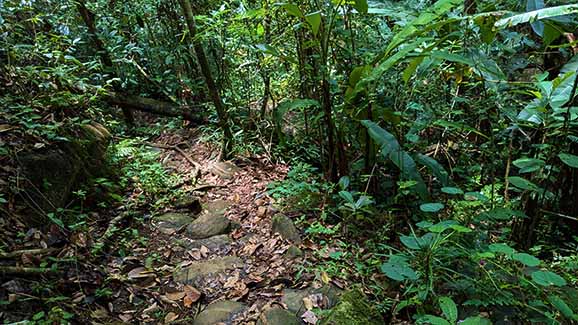
Amphibians of Madagascar temperature and humidity.
Temperature and humidity are crucial factors for amphibians in Madagascar. Being ectothermic creatures, amphibians rely on external temperatures to regulate their body heat. The high humidity levels in Madagascar’s rainforests help many amphibians stay hydrated and prevent desiccation, especially for species like the mantella frogs, which require consistent moisture to thrive.
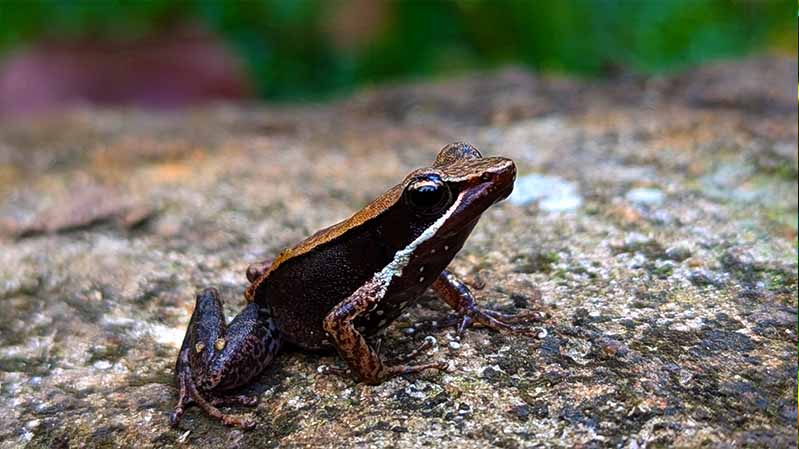

However, some species have adapted to harsher, drier environments by becoming nocturnal or burrowing underground during the hottest part of the day. These adaptive behaviors help them conserve moisture and survive in regions with lower humidity or more extreme temperature fluctuations.
Enclosure Design for Optimal Climate Control.
Use of Hygrometers and Thermometers.
Stick-on or digital devices should be placed in both warm and cool zones to give a complete picture of the tank’s climate.
Proper ventilation and moisture retention balance.
Too much ventilation dries the tank out. Too little can lead to stagnant, unhealthy air. Use screen tops with partial covers or adjustable airflow vents.
Seasonal adjustments in amphibians of Madagascar care.
Mimicking Dry and Wet Seasons.
Creating seasonal variations by slightly dropping humidity or increasing rainfall simulation can trigger breeding behaviour.
Breeding Triggers and Environmental Changes
Cooler nights and higher humidity simulate natural cues that signal it’s time to mate—great for hobbyists hoping to breed their frogs.

Hi my loved one! I wish to say that this article is amazing, great written and come with almost all important infos. I would like to see more posts like this.